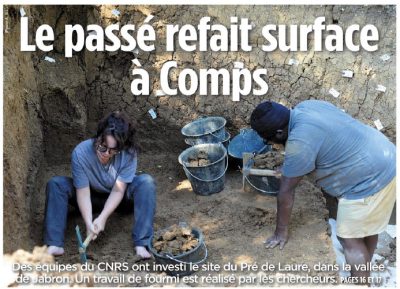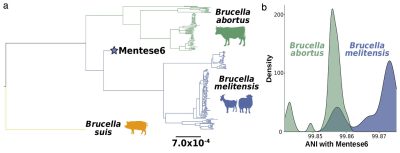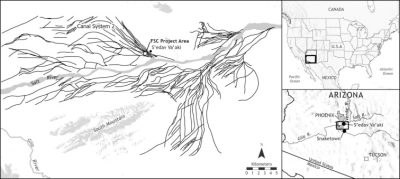Source : http://ildt.istu.irk.ru/journals/2021/02/
Microblade productions are a structuring element of the Upper Palaeolithic technical traditions of Northeast Asia that spread throughout an immense territory and accompany the Final Pleistocene settlements of Northeast Siberia. Yet, the functioning and the function of these microblades are little known. This paper presents the first functional data for the Upper Palaeolithic microblades of Eastern Siberia. It aims at investigating the technical purposes for which they were produced ca. 19 ky cal. BP ago in the Lower Vitim at the site of Kovrizhka IV, layer 6. This open-air site is multistratified and yields the earliest occupation layer of the North-Eastern Baikal region with the level 6 dated of ca. 19 ky cal. BP. Results show that microblades were both used as projectile inserts, probably fixed laterally, and as knife elements to cut soft materials. Faunal remains are rare and the osseous industry is absent from the archaeological record of Kovrizhka. This functional analysis therefore offers an indirect evidence of the repairing of the hunting equipment at the site and of the probable osseous or wood projectile points and knife handles to which microblades were hafted. At Kovrizhka IV, impact damage rates are low, notably because they include microblades that were not used as projectile inserts and microblades that were not used at all. In these cases, we could exclude the immediate consumption of the knapping products but hypothesize the constitution of a stock to replace damaged inserts. The concentration of microblades in the southern part of the dwelling of level 6 could therefore be partly interpreted as an area dedicated to the production and replacement of microblades into composite tools, including projectiles. The relatively flexible functioning of microblades seems to be common to other Upper Palaeolithic (Kashidawai I, Yoshiizawa, Hopyeong-dong, Ushki I) and Mesolithic sites (Pavlova I, Zhokhov) of Japan, Korea, Kamchatka, Northern and Eastern Siberia.




